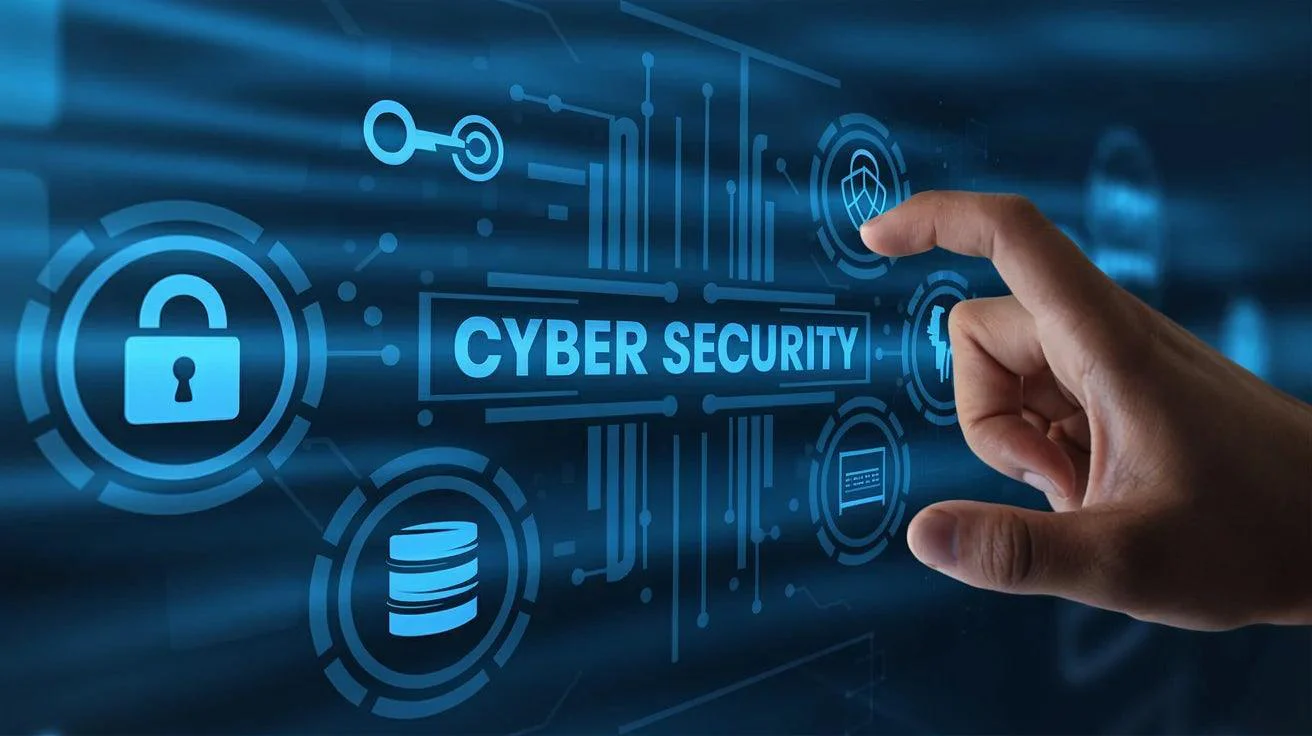The Ultimate Business Cybersecurity Checklist: Protecting Your Company from Cyber Threats
In today’s digital landscape, businesses of all sizes face an ever-increasing risk of cyber attacks. Protecting your organization requires a comprehensive, multi-layered approach that goes beyond simple antivirus software. From implementing robust cybersecurity policies to securing devices, applications, and networks, every aspect of your digital infrastructure must be safeguarded. Neglecting even one area can leave your business vulnerable to costly breaches.
This Business Cybersecurity Checklist offers a structured, step-by-step guide to help you fortify your business and protect its most valuable assets.
Policies and Compliance
A strong cybersecurity framework begins with clear policies and strict adherence to compliance standards. Key actions include:
- Document cybersecurity and BYOD policies for your organization.
- Conduct regular employee training to ensure staff follow best practices.
- Identify industry-specific and regulatory requirements to maintain compliance.
- Perform regular risk assessments and proactively address potential vulnerabilities.
- Secure comprehensive cyber insurance coverage to mitigate potential losses.
- Audit third-party vendors with access to your systems to ensure they meet your security standards.
- Develop a breach response plan and create a disaster recovery strategy to minimize downtime.
Device Security
Securing company devices is critical to prevent unauthorized access and data loss. Best practices include:
- Install Mobile Device Management (MDM) software on all company devices.
- Standardize device configurations across the organization.
- Deploy antivirus and anti-malware solutions on all devices.
- Monitor device inventory and health from a centralized dashboard.
- Automate patches, upgrades, and security policies to maintain up-to-date protection.
- Enable Full Disk Encryption (FDE) to protect sensitive information.
- Automate screen locks and ensure devices can be remotely locked or wiped if lost or stolen.
Application Security
Applications often serve as gateways to sensitive business data. Strengthen app security by:
- Automating app provisioning and access management based on employee roles.
- Tracking access permissions centrally to prevent unauthorized access.
- Enforcing the principle of least privilege for all application users.
- Monitoring file-sharing and data protection compliance.
- Implementing Single Sign-On (SSO) to improve security and productivity.
Network Security
A secure network forms the backbone of your cybersecurity strategy. Key measures include:
- Deploy Endpoint Protection Platform (EPP) solutions across your organization.
- Implement Endpoint Detection and Response (EDR) tools for real-time threat monitoring.
- Use firewalls to safeguard your network from external threats.
- Enable VPN access for secure remote connections.
- Implement email encryption and spam filters to prevent phishing attacks.
- Perform regular, encrypted backups and store them separately from your main network.
Simplifying Cybersecurity for Your Business
Implementing a full-scale cybersecurity strategy can be challenging, especially for SMBs managing multiple solutions with limited IT resources. RoundAssist consolidates the best cybersecurity tools in a single platform, making it easy to protect your business from cyber threats.
Contact our experts today to develop a free cybersecurity plan!
Cybersecurity FAQ for SMBs
1. What are the key components of an SMB cybersecurity strategy?
SMBs should adopt a multi-layered approach, including company policies, employee training, device security, application security, and network protection. This layered strategy ensures customer and employee data remains secure.
2. Which cybersecurity policies should SMBs implement for compliance?
Essential policies include documenting cybersecurity protocols, creating breach response and disaster recovery plans, conducting regular audits, evaluating third-party vendors, and training employees on cybersecurity awareness. SMBs should also align with industry-specific regulations.
3. How can SMBs secure company devices against attacks?
Using Mobile Device Management (MDM) helps monitor device health, standardize configurations, automate updates, and enable remote locking or wiping in case of device loss or theft.
4. How can SMBs manage app access and protect sensitive data?
Automating application access based on roles, centrally tracking permissions, and implementing Single Sign-On (SSO) ensures only authorized users can access sensitive resources.
5. How can SMBs safeguard their network?
Deploying endpoint protection solutions, using firewalls, encrypting sensitive data, enabling VPN access, and performing regular backups keeps networks resilient against cyber threats.

